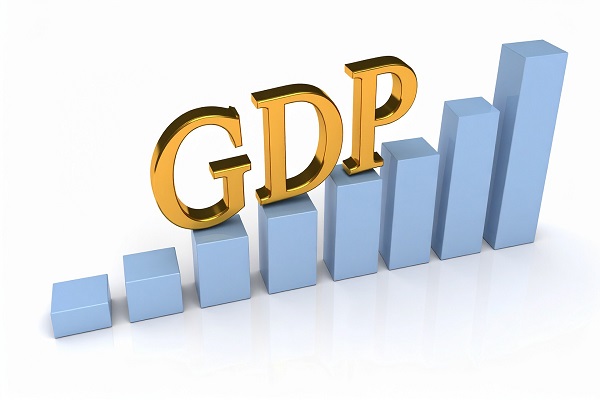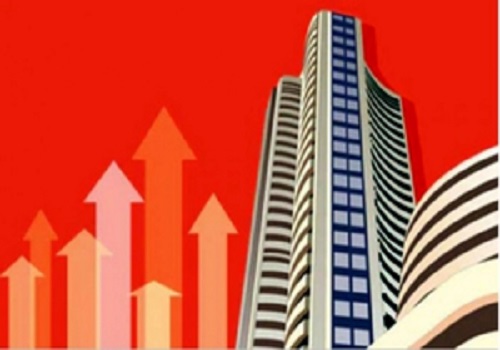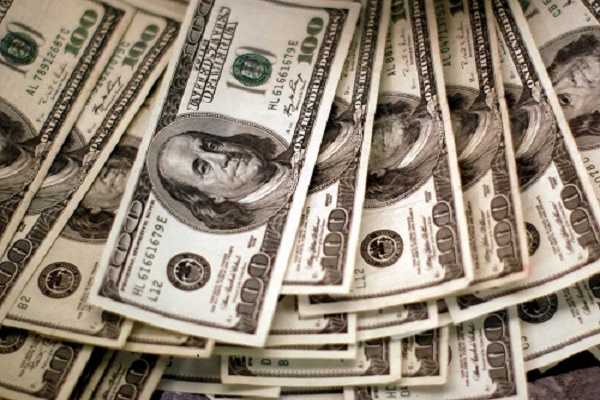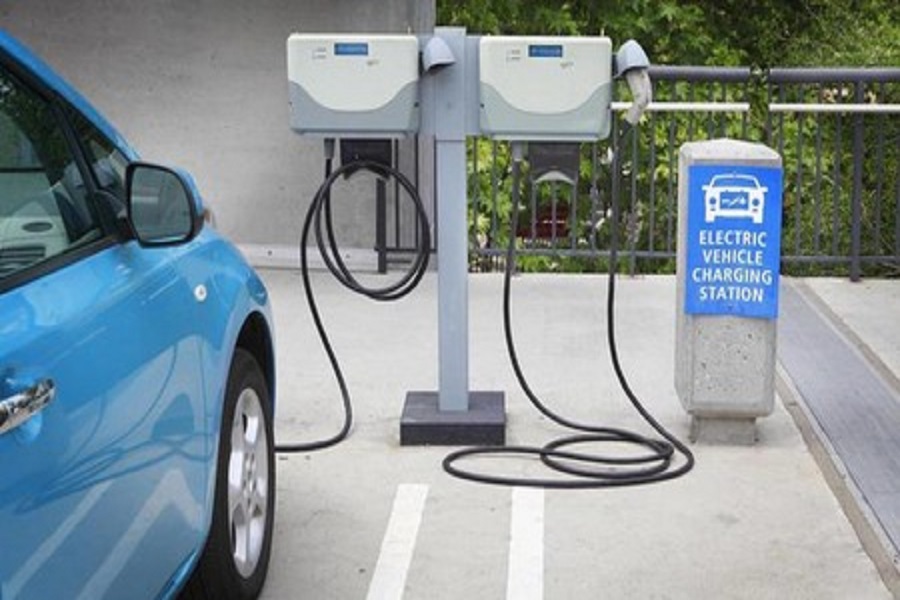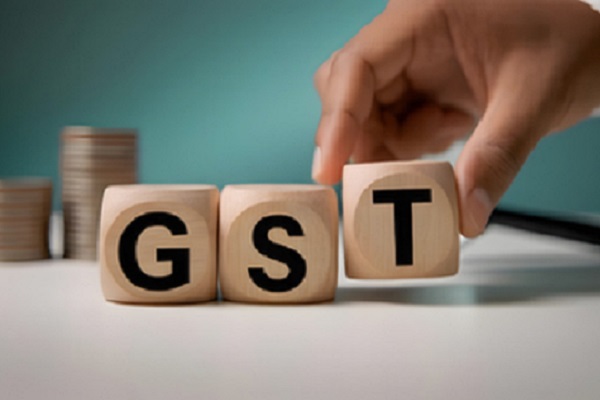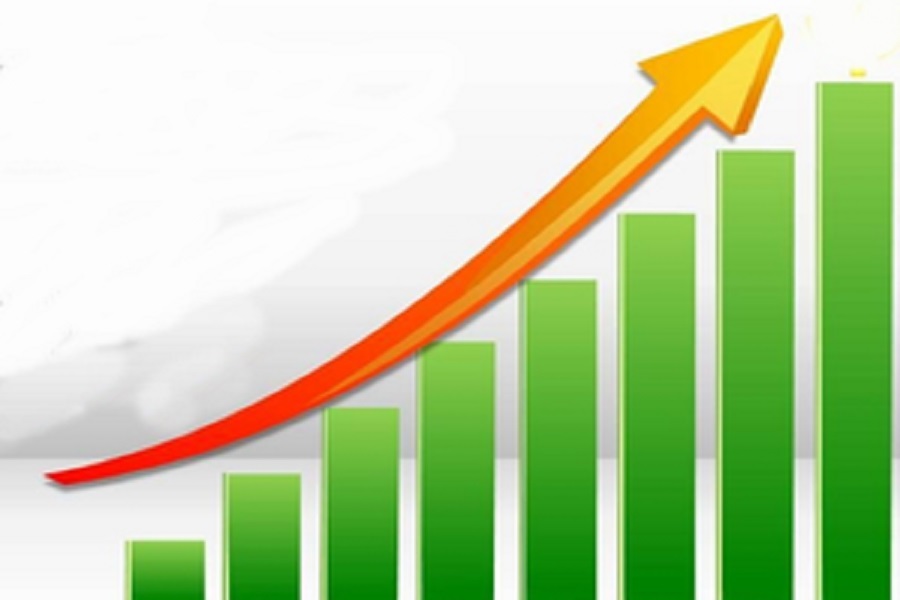Inflation - December 2022: Softening continues, core hardened By Anand Rathi Shares and Stock Brokers

Inflation softened more than expected, to 5.7% in Dec’22, the lowest food inflation in 12 months being the prime reason. Yet, with a near continuous rise in core inflation since May’22, the pass-through of global impulse in fuel, cereals and some FMCGs and high services inflation may lead to another 25bp rate hike by the RBI.
BELOW EXPECTATION. At 5.7% in Dec’22, retail inflation was less than the consensus and our expectations. The third successive drop in food inflation was the chief contributor. While inflation for all categories declined m/m, both fuel and the core inflation (excluding food, fuel and transport) hardened, y/y.
VEGETABLE PRICES FALLING FAST. Some prices in this category contracted 20-50% y/y. This partly reflects elevated bases and partly ample supplies due to a good rabi crop. But not all food prices are dropping. Global foodgrain shortages seem to be impacting Indian prices of wheat and products.
HIGH CORE REFLECTS STAGGERED COMMODITY PRICE PASS-THROUGH, NORMALIZATION OF SERVICES DEMAND. The prices of controlled fuels – kerosene and LPG – are rising sharply due to the staggered pass-through of higher international prices. Higher fuel and input costs are also raising transport fares and select FMCG prices. Normalisation of demand is raising inflation for some service categories.
INFLATION CONCERN TO PERSIST. Despite a third successive fall and definite signs of retail inflation peaking, the near continuous rise in core inflation would keep the RBI’s concerns high. The rising volatility of inflation across categories, some divergence across states and nearly 50% of items with more than 7% inflation make it difficult to infer that the fall in inflation is sustainable. The near-term outlook, however, is promising. Another 25bp rate hike by the RBI seems on the cards at the next two policy meets.
Major trends: Non-core softening despite high fuel inflation, core rose again
After peaking in Apr’22, non-core inflation spiked again in Aug-Sep’22. But that too has reversed. The contribution of food (beyond its index weight) to retail inflation has turned negative after being positive till Oct’22. The contribution of fuel, however, is rising. Transport, which includes petrol and diesel prices, on the other hand, turned negative, reflecting the pass-though of lower global crude oil prices. From negative, contribution of the core has turned positive. Clothing and footwear are playing an important role in this, along with household goods and personal care. The contribution of major services including rental, healthcare, recreation and education, on the other hand, are either negative or modestly positive. High core inflation seems to reflect the pass-through of higher commodity prices, while softer demand is keeping services inflation relatively low
Chief categories: Lowest food inflation of 2022, fuel and many categories under core on a rising path
At 4.6% in Dec’22, food inflation was the lowest in 12 months. Fuel, on the other hand, recorded the second successive rise andthe highest reading in five months. While the transport category, which contains petrol and diesel, is registering soft inflation due to the gradual pass-though of past high prices LPG and kerosene prices, both within and outside the public distribution system (PDS) is rising fast, resulting in high fuel inflation. Except housing, most major services inflation are hovering around 6%, which, in turn, is pushing up core inflation. Among goods, clothing, footwear and household goods are registering inflation rates well above retail inflation. But for the dampening effect from home rental, which is mostly a notional inflation, core inflation would have been even higher.
Item-wise trend: Withdrawal of subsidy, normalisation of services keeping inflation high, sharp drop in vegetable prices
The staggered pass-through of high global fuel prices for controlled categories such as kerosene and LPG both within and outside the PDS has led to the spike in inflation in these categories. The global shortage of foodgrains due to the Russo-Ukraine war is also reflected in higher inflation for foodgrains and products. In contrast, most vegetables and a few fruits are faced with a marked contraction in prices. The same trends are visible in terms of their contribution to inflation as well. Normalisationof services demand is reflected in high inflation for some services. The pass-through of high fuel and imported inputs are pushing up transport fares and FMCG prices. Nearly 50% of the retail basket by weighting is faced with over 7% inflation. After a reduction, the volatility of inflation across categories is going up.
To Read Complete Report & Disclaimer Click Here
Please refer disclaimer at https://www.rathi.com/LeadGenerate/Static/disclaimer.aspx
SEBI Registration No.: INZ000170832
Above views are of the author and not of the website kindly read disclaimer

